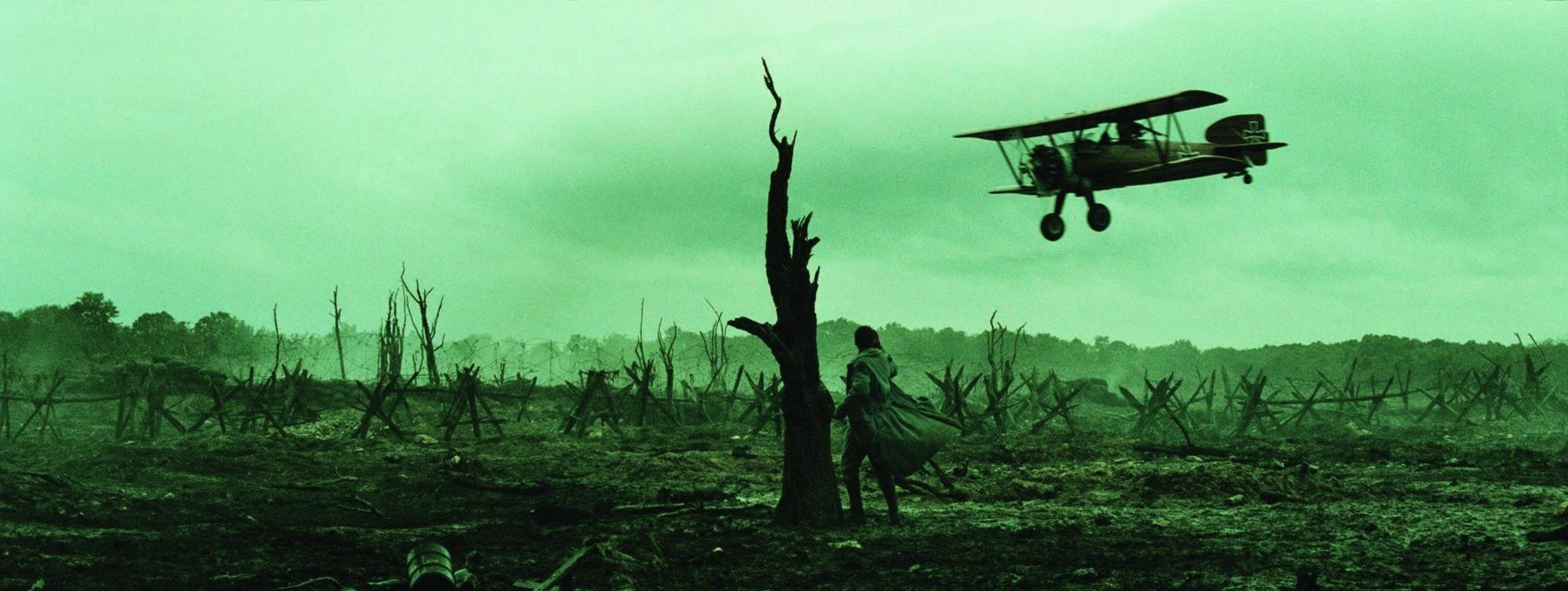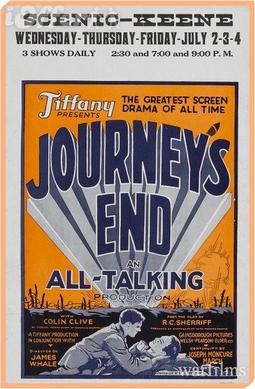“Submarine Command” is a
submarine movie directed by John Farrow (“Wake Island”). Star William Holden put $20,000 of his own
money into the film which was a mistake because the movie underperformed at the
box office. This may be partly blamed on
the coincidental release of “Operation Pacific” which had a similar plot and
John Wayne. “Submarine Command” got a
lot of cooperation from the U.S. Navy and the Department of Defense. Almost all the scenes are filmed at naval
installations or on board naval vessels.
It was one of the first movies to examine the effects of PTSD.
The movie opens in the last few
days of WWII in the Pacific. The U.S.S.
Tiger Shark is patrolling and on the outlook for downed airmen. The executive officer Ken White (Holden) is
morose because he has never seen action yet.
Be careful what you wish for in a war movie. They pick up a hot shot pilot (are there any
other kind?) named Pete (Donald Taylor).
This gives the crew a chance to school him on the importance of the
submarine service. This is followed by
Commander Rice telling White that submarines will be forgotten in the peacetime
Navy. Prove me wrong, American public!
Literally on the last day of the
war, White gets a chance to get blooded by sinking some Japanese ships. Unfortunately, the lone fighter plane that
always seems to be lurking in these movies shows up to cause White to order a
dive with the Captain and Quartermaster still on deck. CPO Boyer (William Bendix) draws the
assignment of taking umbrage with White’s cowardly decision to save the
boat. This won’t be the end of this
dynamic, nor have we seen the last of Pete.
White and the sub return
home. He is emotionally torn by his
decision to sacrifice Commander Rice. In
one of the numerous voiceovers he pouts that he is a “one day warrior who lost
his captain and quartermaster in his one day of action.” His girlfriend Carol (Nancy Olson – her
fourth movie with Holden) is waiting and so is Pete. Somehow Pete got back early enough to be seeing
Carol. Ken does not seem to be upset
with this! Let the love triangle
begin. White makes the visit to Rice’s
wife and his father Admiral Rice and both are incredibly understanding. It seems the only one that is critical of
White is White. Oh, and Boyer.
Proving Rice’s prescience, life
in the post-war navy is deskbound and boring.
Carol has a tough time living with a flagellant. Not to mention Pete is sniffing around even
after Ken and Carol get hitched. When
Carol asks Ken to abandon the dead-end Navy, he chooses his first love – the
recommissioned from mothballing Tiger Shark.
Boats before hoes.
Coincidentally, the Korean War breaks out offering redemption for White. Coincidentally, Boyer is part of the crew to
growl at White. Coincidentally, Pete is
brought on board to lead a commando raid.
Coincidentally, White has to make another decision involving the safety
of the boat. Will White end his
moping? Will the commando raid provide
the opportunity for action for a Korean War submarine? How will the love triangle (actually love
quadrangle since the boat is involved) resolve itself? You’ll have to watch the movie or use your
common sense.
Although the movie is not well
known, it is not bad. The cast is a
strength. There are lots of familiar
faces from the black and white WWII era of films. In particular, Bendix and Taylor who play
roles they could play in their sleep.
Both provide the comic relief in the form of what passed for witty
warrior repartee for back then. Overall
the dialogue is pretty good. Nothing to
unintentionally laugh at. Bendix is the
crusty old salt and Taylor is the wolfish jock.
Holden brings star power, but is not real comfortable acting wearing a
hair shirt. By the way, Holden and Taylor
became drinking buddies during the shoot and were often drunk. (Holden did not remember much of the
filming.) Olson does a good job as the
understanding wife/therapist who has to compete with a boat while fending off
the flirtations of Pete. The movie is
unclear throughout whether Pete is a frenemy to Ken or his BFF. At least the romance is not totally standard.
The movie is not based on a true
story. There was no Tiger Shark. How did the Navy overlook such a cool
name? The commando raid is set during
the evacuation from the port of Hungnam in December, 1950 after the Chicom
onslaught forced us out of North Korea.
I doubt seriously that there was a mission to liberate a POW camp as
depicted in the movie. The movie
definitely benefits from the cooperation of the Navy. The submarine interiors are those of an actual
WWII era sub. The firing sequence for
White’s attack on the Japanese convoy is instructive. Unfortunately, the rear admiral who served as
technical adviser slept through parts of the filming. He allowed the script to refer to the
submarine as a “ship”! In the final
combat scene, the sub must surface to send a message when in actuality this
would not have been necessary. It had to
happen because one of the legs of the quadrangle had to be eliminated.
The weakness of the movie is in
its predictability and surfeit of clichés.
There is never any doubt who Carol will end up with, but the resolution
is slightly unorthodox. This is a
submarine movie so it has to have tropes, by law. It is not the worst in this subgenre. There is no command dysfunction between Rice
and White, and no extended depth charging scene. It does have several from my list of common
submarine clichés. There is one black on
board – a messmate. Someone is left on
deck during an emergency dive. The sub
has to go on an emergency mission. The
sub lands commandoes. The captain gets
redemption for a previous action. The
movie is not in a league with “U-571”, but it is not trying to stretch the
subgenre either.
Classic or antique? Antique.

_poster.jpg)




